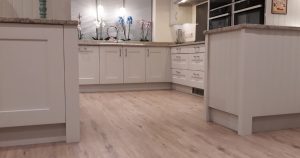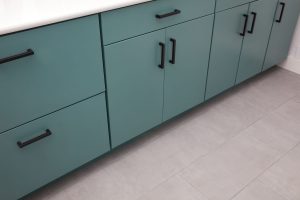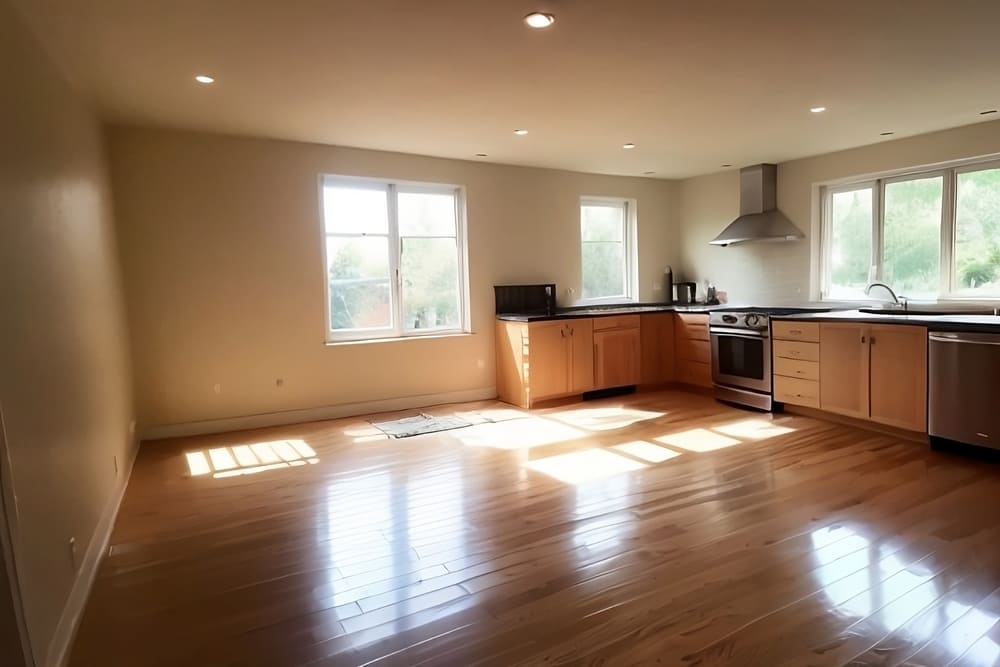Should Flooring be Installed Before or After Cabinets?
When it comes to home improvement projects, the order of tasks can significantly impact the overall outcome. One common dilemma homeowners face is whether to install flooring before or after cabinets. The decision may seem trivial, but it can have far-reaching consequences on both the aesthetic and functional aspects of your space. Let’s delve into the considerations to help you make an informed choice.
The Aesthetic Appeal: Flooring as the Foundation
The aesthetic appeal of your living space is undoubtedly a top priority. Many homeowners opt to install flooring before cabinets, considering it as the foundational element that sets the tone for the entire room. This approach allows for a seamless and cohesive look, giving the impression that the flooring extends beneath the cabinets, creating a unified visual appeal.
Moreover, installing flooring first allows for a broader range of design options. Whether you choose hardwood, tile, or laminate, having the flooring in place provides a better canvas to envision how your cabinets will complement the overall aesthetic. This method ensures that the flooring becomes a backdrop against which the cabinets, as focal points, can shine.

Functional Considerations: Practicality and Installation Ease
While aesthetics play a crucial role, practicality and installation ease should not be overlooked. Installing flooring before cabinets simplifies the installation process and avoids potential complications down the line. Working with an open and unobstructed space allows flooring professionals to navigate the area more efficiently, ensuring a smoother and more precise installation.
Additionally, if you ever decide to change or upgrade your flooring in the future, having it installed first facilitates the process. Replacing flooring without having to dismantle and reinstall cabinets is a significantly more straightforward task, potentially saving time and money on future renovations.
Addressing Potential Issues: Cabinets First Approach
While the flooring-first approach is popular, there are situations where installing cabinets first may be more practical. In some cases, homeowners may have a specific cabinet design or layout in mind that requires a precise fit. By installing cabinets first, you have more control over their placement and can ensure they align perfectly with your vision.
This method may also be preferred in situations where the flooring material is sensitive to changes in weight or pressure. For instance, certain types of hardwood may be prone to scratching or denting during the cabinet installation process. In such cases, installing cabinets first can help mitigate the risk of damage to the flooring.
Striking the Right Balance: Compromises and Coordination
Finding the right balance between aesthetics and practicality is key when deciding whether to install flooring before or after cabinets. One compromise is to install a placeholder floor, like rosin paper or builder’s felt, before cabinet installation. This provides the visual benefits of having the flooring in place while protecting it during the cabinet installation process.
Coordination between flooring and cabinet installers is crucial in achieving a harmonious result. Clear communication between these professionals can help ensure that each element of the project is executed seamlessly. It’s essential to have a well-thought-out plan that takes into account the specific requirements of both flooring and cabinet installations.
Conclusion: Tailoring the Approach to Your Project
Ultimately, the decision of whether to install flooring before or after cabinets depends on various factors, including personal preference, the type of flooring and cabinets chosen, and the specific requirements of your space. Both approaches have their merits, and it’s essential to weigh the aesthetic and functional considerations to determine which option aligns best with your vision and practical needs.

As you embark on your home improvement journey, consulting with professionals in both flooring and cabinetry can provide valuable insights. By carefully considering the nuances of your project and making an informed decision, you can create a living space that not only looks stunning but also functions seamlessly for years to come.

